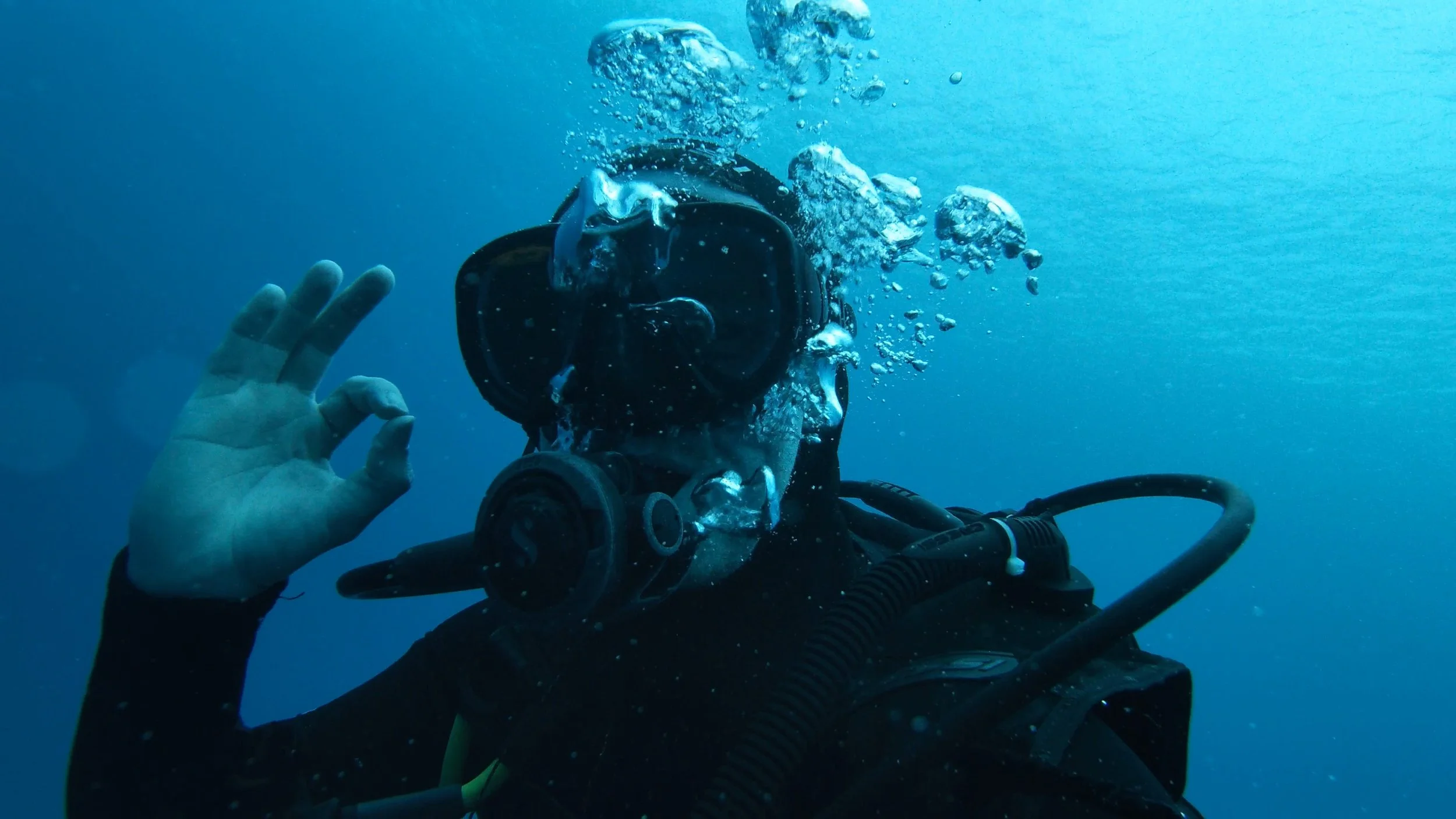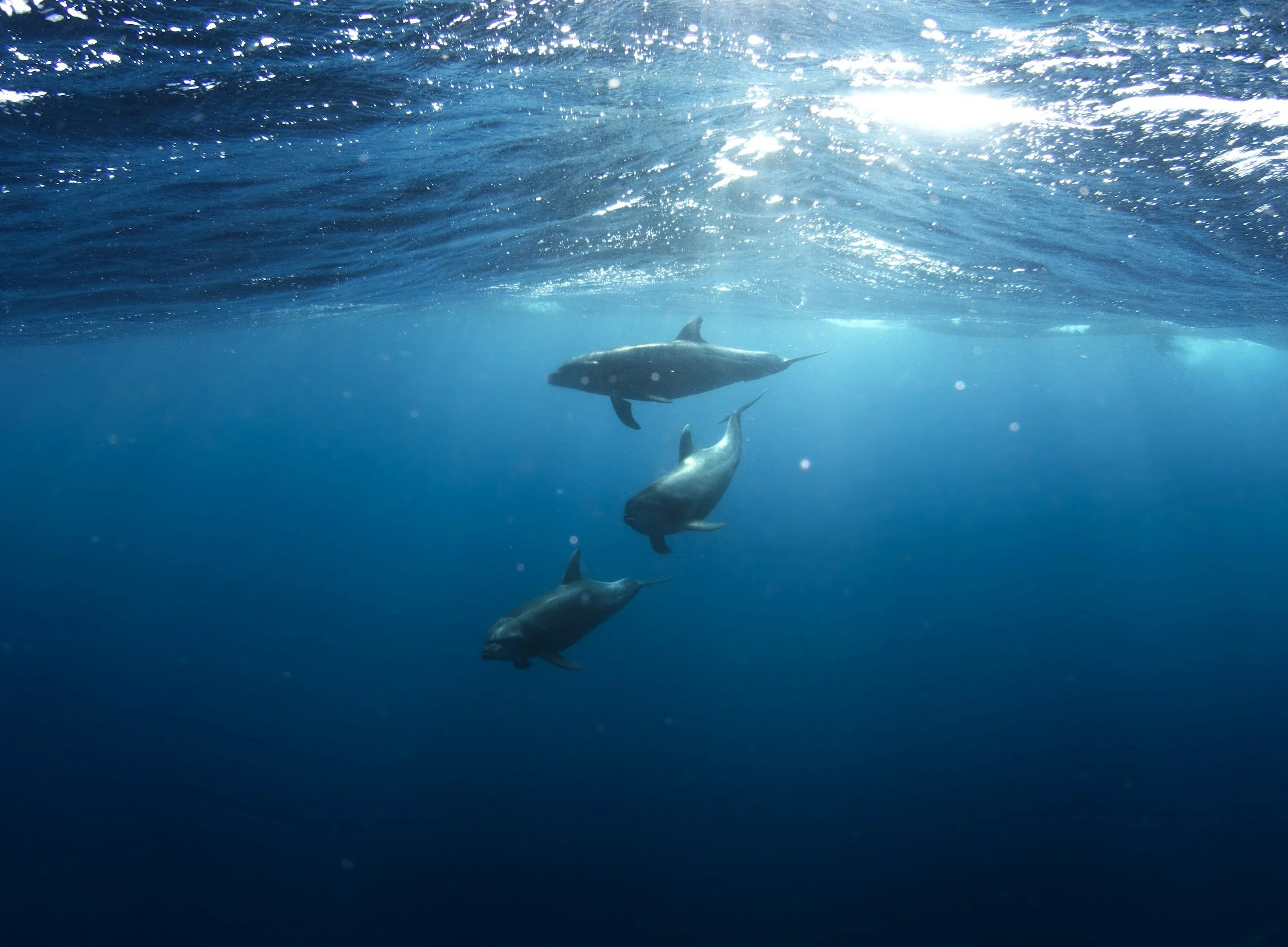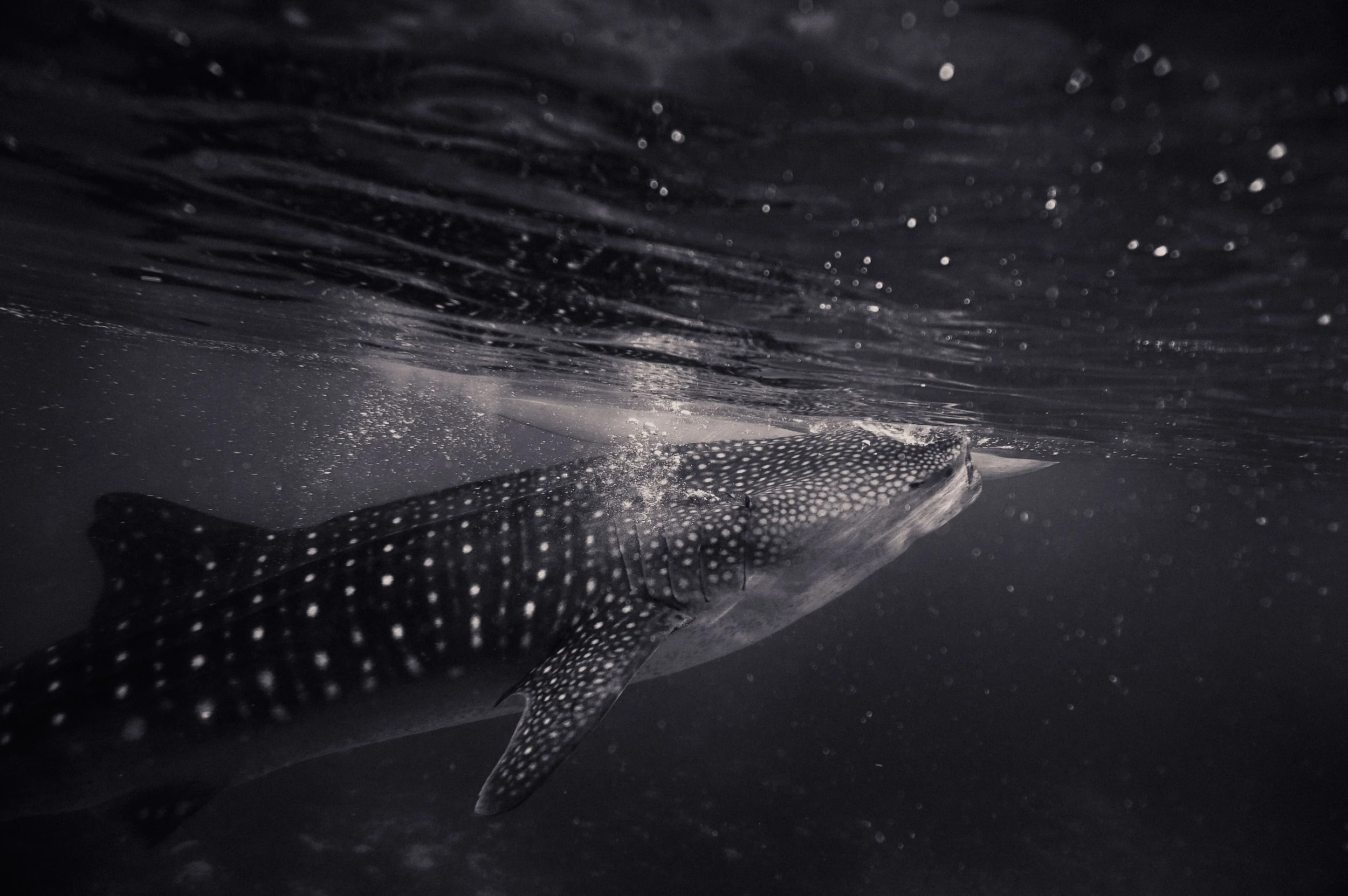The High Seas Treaty
Chris Carlin | HCSC Member
Last Saturday at the United Nations HQ in New York over 100+ countries reached a new landmark agreemententitled ‘The High Seas Treaty.’
After the votes had been counted Chairwoman Rena Lee announced that “the ship has reached the shore” before receiving a standing ovation. The treaty has been almost two decades in the making and is a symbol of what can be achieved when multilateralism and an ecological imperative meet.
What are the high seas? The high seas are all parts of the sea that are not included in the territorial sea or in the internal waters of a state.
How big are the high seas? The high seas cover two-thirds of all ocean and almost half the planet. They are home to up to ten million species… that we know of!
The problem? Up until now only about 1% percent of the high seas were designated as ‘protected’ areas.
What will the treaty do?
The treaty will lay the framework for conserving and protecting marine biodiversity across the high seas.
It will place 30% of the planet’s seas into protected areas by 2030 – a goal called 30 by 30.
Establishment of new protocols around the sharing of marine genetic resources.
A requirement for environmental assessments to be undertaken for deep sea activities such as mining.
What next? The treaty must be formally adopted and ratified by a minimum of 60 countries before it enters force. It is also unclear what legal powers or physical enforcement mechanisms the UN will adopt to ensure the protection measures are effective.
It’s no secret but I love the ocean. Whether it’s surfing, scuba diving, swimming or just being around the water. This positive link between health and water is referred to as ‘Blue Health. It is a concept that spending time near or in water is good for us both mentally and physically.
The High Seas Treaty is a massive step forward in safeguarding our oceans however it’s important that both governments and individuals continue to do more to protect marine biodiversity.
At HCSC we acknowledge the benefits water brings us. Without clean and vibrant oceans the activities we love wouldn’t be possible.
The next time you are in the water close your eyes. Listen to the sounds around you. Run your hands through the water. In that moment think what it would be like if in the future you weren’t able to enjoy this feeling.
"Limitless and immortal, the waters are the beginning and end of all things on earth.”
Heinrich Zimmer
Author | Chris Carlin | HCSC Member




